Hi Susun,
I live in a large urban area and am wondering if there is a safe distance away from traffic that needs to be adhered to when harvesting wild plants in the city. (What about driveways?) I’ve heard some say 8 feet and others 40. Help!
Susun’s response:
From my book Healing Wise:
Are you concerned about contamination of wild plants with lead, chemicals, and dog doo?
Avoid harvesting herbs from roadsides where lead concentration is high; plants growing by busy roads will accumulate more lead. The nearer the plant is to the road, the higher the level of lead concentration. If you can’t find a particular herb anywhere except by a road, pick at least eight feet from the road edge; lead levels drop sharply in the first few feet. In cities, pick from parks and other out-of-the-way places. Be wary of vacant lots which may be contaminated with lead paint.
Avoid picking under power lines and along roads where weeds are controlled by spraying instead of cutting. Suburban lawns that have been doused with weed killers rarely grow medicinal weeds, but if you suspect chemical warfare (distorted, mutated, sparse weeds are good clues), avoid that area.
Avoid gathering herbs where canines gather. Dogs can pass parasites to humans.
Allow yourself to be guided by your intuition, as well as your senses and your intelligence, and you will know which areas to avoid when picking wild plants. Given the amount of chemical contamination on commercial herbs (and fruits and vegetables, for that matter), I honestly feel safer taking risks in the wild.
Open your eyes and observe the green abundance. Open your heart and feel the green joy. Come with respect for green power. The devas of the green nation welcome you.
Green blessings, Susun Weed
photos: Wise Woman Spiral © iStockphoto.com / Chuck Spidell | Earth © 2004 Joanna Barnum

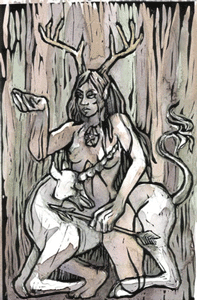

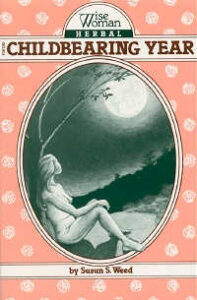
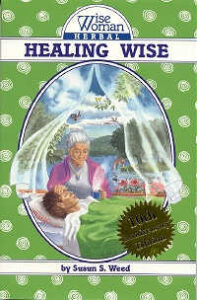

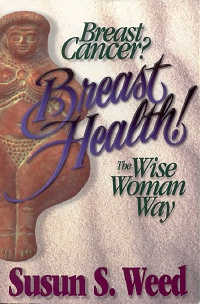
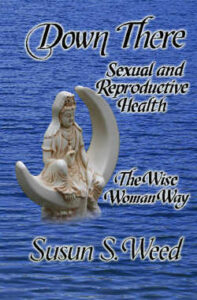
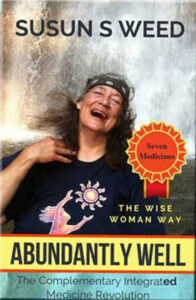



0 Comments